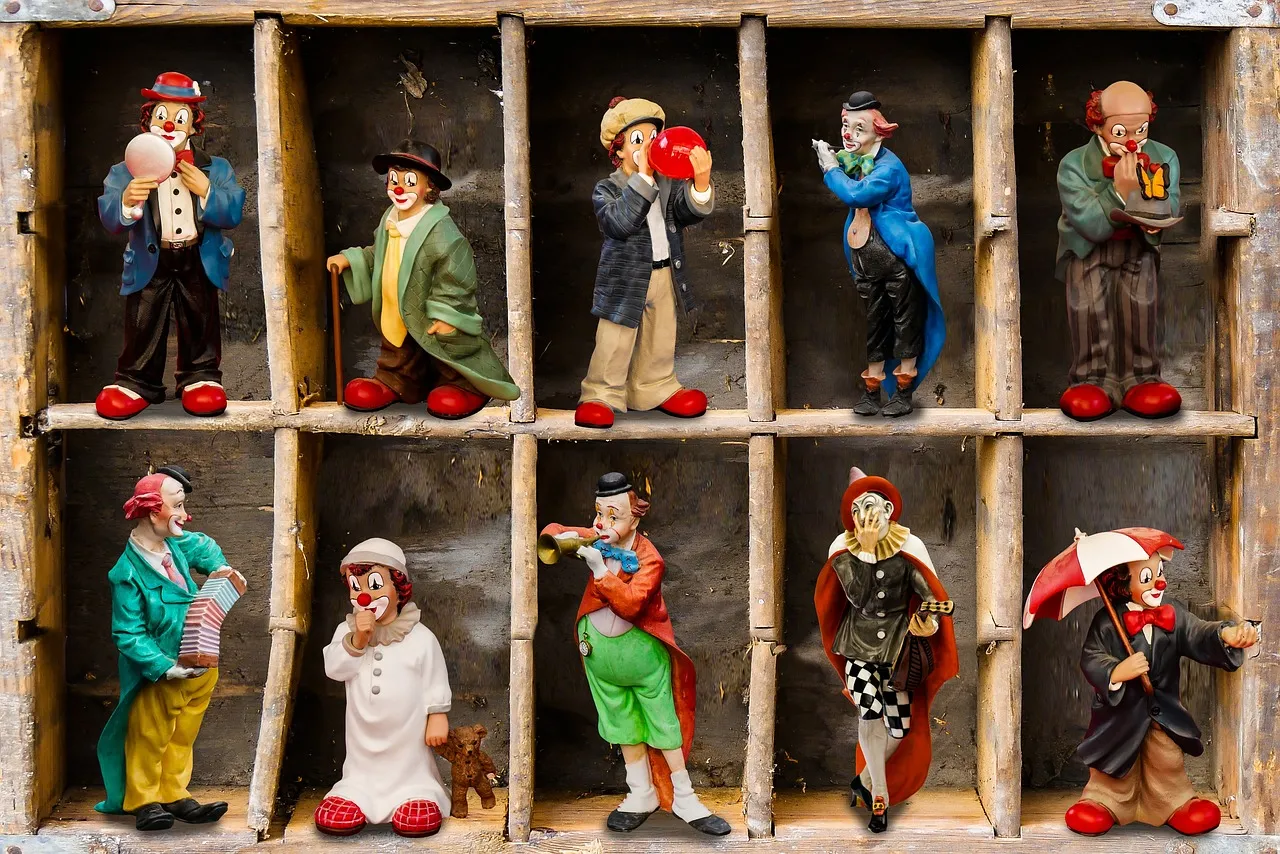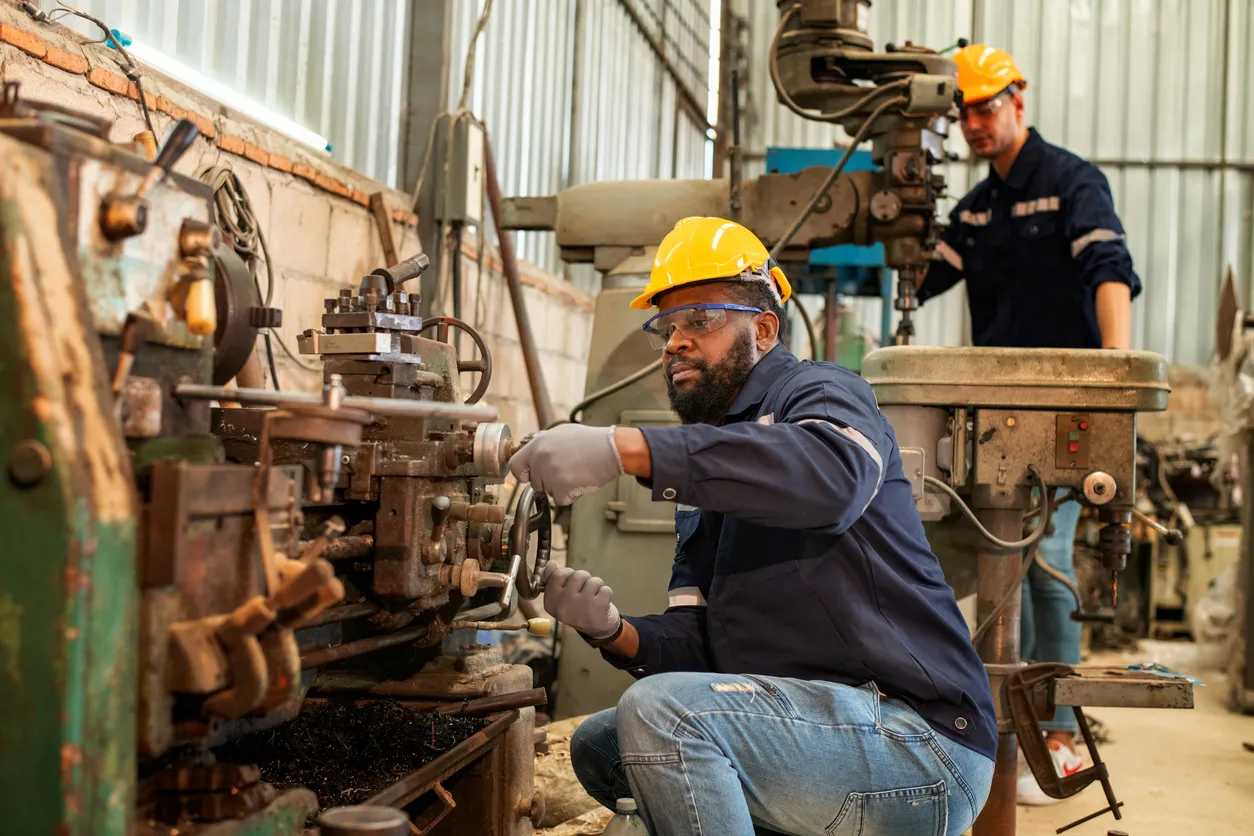(This article is cross-posted from Huffington Post, and is written by a good friend of Forward Kentucky, Reverend Ryan Eller. Ryan is
Every four years a chorus of pundits throughout the USA claims, “We’re in the most important election in our lifetime!” This time, I’m buying their argument.
As we approach Election Day it is now even more clear that this election may, once and for all, decide how we define what it means to be “American.” In fact, 2016 may be the election that finally forces us to confront our own national identity—both truth and myth.
In 2008, Republican VP nominee Sarah Palin suggested the notion that “the best of America is in these small towns that we get to visit, and in these wonderful little pockets of what I call the real America, being here with all of you hardworking, very patriotic, um, very, um, pro-America areas of this great nation.” The coded insinuation is that the rural, often less diverse communities throughout our land are more “American” than our multicultural urban centers. And, while many would plant the roots of this sentiment within the GOP to Palin’s speech, I’d argue it’s far more complex, far less partisan, and spans generations.
American immigrants from centuries past were seen as far less racially monolithic than we have falsely constructed their ancestry to be today. Throughout the years, through a complex set of policies and cultural interactions, skin tone took over—making the German, Irish, English, French, Russian immigrants who once viewed one another as culturally distinct begin viewing themselves as simply “white.” And, “white” became a structurally privileged American race.
Implicitly, we made Uncle Sam, The Marlboro Man, Captain America, and even the storied immigrant Superman into the embodiment of what it looks like to be a “real” American: white. But, that cultural identity has never been truly reflective of our people. The great majority of the “real America” are immigrants, whose ancestors may have arrived here many generations ago, but were newcomers to this land nonetheless—and it was our native brothers and sisters who welcomed these newcomers and whose descendants comprise a minority we don’t often include in our everyday narratives about what it means to be American. We haven’t told their stories, nor of those others of vastly different cultures who also arrived here on new shores and helped shaped our country’s growth immensely. In short, we haven’t told America’s whole story.
In this election, there are those who wish to hearken back to a time when America was defined as a majority-white-superior nation, protected by two massive oceans and benign free-market characteristics. The challenge is, that country was invented as a myth—it never actually existed.
America has always been an idea. In our most prominent harbor, where hundreds of thousands got their start in our land, the Statue of Liberty is inscribed:
“Give me your tired, your poor, Your huddled masses yearning to breathe free, The wretched refuse of your teeming shore. Send these, the homeless, tempest-tost to me, I lift my lamp beside the golden door!”
The romanticism of Sarah Palin’s America is far removed from the ideal inscribed upon the Statue of Liberty. Both believe in a different kind of America, but these mythologies are clashing—and folks are scared and angry.
America, once known as a refuge for European immigrants seeking opportunity and religious liberty, is now increasingly being shaped by immigrants from a multitude of continents. As author Deborah J. Levine recently pointed out, “America is a reflection of a global reality that will continue to intensify and must be confronted as part of our geopolitical future. Global tribalism reflects a world at war.” Indeed, America is, like it or not, a part of a larger world. And, that world is right now experiencing the largest forced migration crisis in human history, at the destructive hands of this divided tribalism.
In the next 50 years, immigrants and their future generations, many of whom identify as people of color, will account for 88% of America’s population growth, growing the 15% of our collective income driven by immigrants. And of these immigrants who are undocumented and contributing $11.64 billion a year in state and local taxes, our country’s economy will change as our cultural and racial makeup does. This demographic shift is creating an environment where underlying systems of privilege cannot and should not last—particularly in a nation that, at our best, strives for greater life, liberty, and the pursuit of happiness.
Because American politicians and even American media have been slow to awaken to our new demographic and global realities, there are currently over 11 million undocumented immigrants living in the U.S. with no existing process to obtain citizenship—most of whom have been here for over a decade and have family members that are citizens. Some of these brave undocumented Americans have shared their stories, like German-born Michaela Graham, who has called the U.S. home for almost three decades. Many of these immigrants are shuffled through an inhumane and outdated criminal justice system that financially benefits a handful of corporations. In an interconnected way, this same system is showing itself to be horrifically biased against people of color, and the #BlackLivesMatter movement is rightly demanding a new conversation and urgent reform. Racial injustice and immigration were topics of conversation long before Donald Trump’s xenophobic rhetoric was featured on our daily airwaves, and it will be a topic long after all ballots are cast.
Regardless of who wins on Tuesday, our next President will serve during a time of immense social change, and quickening demands for America to live up to its creed. And, they must reckon with how our increasingly diverse identity compels us to reconsider our role in the world. Will we define “American” as a people who turn our backs on those who seek refuge, or will we embrace our heritage as a nation of immigrants?
– 30 –
Comments






